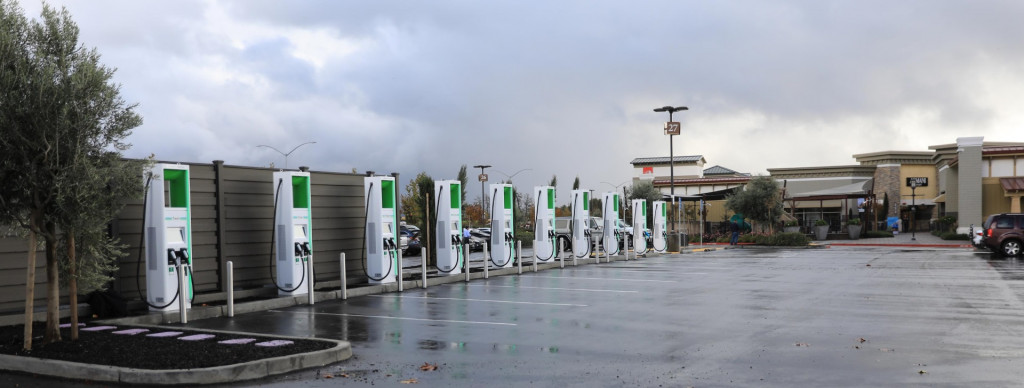EVs will be 10% of the US market by 2025—but San Francisco is already past that
Electric cars will surge to 10% of the United States new-car market by 2025, a new IHS Markit study predicts, but sales data shows that at least one part of the country is already there.
EVs reached 1.8% of U.S. new-vehicle registrations in 2020—a new record—rising to 2.8% in December, according to the study. Analysts predict that will increase to 3.5% in 2021, and reach double digits by 2025, helped by an influx of new all-electric models.
EV registrations vary widely by region, though. They’re already at 4.8% in the West, and 11% in San Francisco, according to the study. On the other hand, EVs represented just 0.8% of the market in the Midwest in 2020, and 0.9% in the Southwest.
In the Northeast—where most states have adopted California’s stricter emissions standards, but not its zero-emission vehicle mandate—EVs attained 1.6% market share. That wasn’t much higher than the Southeast, where electric cars represented 1.1% of new-vehicle registrations.

Electrify America DC fast chargers at San Francisco Premium Outlets, Livermore, California
EVs gained significant global market share in 2020 despite losses due to the coronavirus pandemic and resulting economic woes. Globally, EV sales are anticipated to pass sales of gas-powered models sometime in the mid to late 2030s, according to recent analysis.
As the IHS Markit study indicated, though, some regions had more robust sales growth than others. In California, EV sales surged, growing from 4.6% in 2018 to 6.2% in 2020, according to the California New Car Dealers Association. Hybrids also saw a sales increase in 2020, but plug-in hybrid sales fell, according to the same data.
California has been the leader of electric-car adoption in the U.S., thanks to strict emissions standards, supportive policies, and incentives. The new question is whether the rest of the nation can catch up.
Europe has been moving at two speeds on EV adoption, with some countries doing much better than others. Will the U.S. continue to do so too, with some states shifting to electric cars at a faster rate than others?

